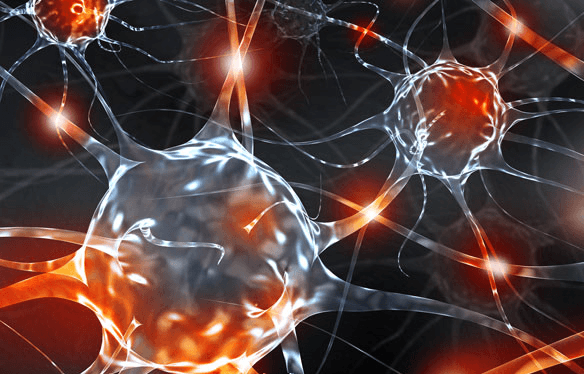A group of Scientists at Kings College University in London, recently conducted a study which involved taking stem cells from mice with paralysis and creating specially engineered neurons with them.
When an LED blue light is exposed to the cells a connection forms between the nerves and muscle – therefore reversing paralysis.
Better explained by biologist, Dr Ivo Lieberam, said:
If you take that gene out of context and build it into almost any other type of cell, including human or mouse neurons , you can make these neurons artificially sensitive to light. That allows you, basically, to build a little pacemaker computer, which has an LED built into it, so it can produce light flashes and then impose those light flashes onto the neurons.
Co-author of the study and post-doctoral assistant at the University, Barney Bryson, said:
Just by varying the frequency of the flashes, we’re able to adjust the intensity of the muscle contraction.
He explained that the next step of the study is to attach fibre optic illuminators to the damaged nerves, which will stimulate them and restore mobility without having to expose the nerves for an extended period of time.
The Study’s lead author, Professor Linda Greensmith, said this method is better than the current, as using electrical stimulation “can also stimulate pain fibres, making it very uncomfortable for motor neuron patients to cope with.”
The goal for this experiment is to make the process more accessible and they hope to create an optical pacemaker within the next 5 years. This would mean people with paralysis will be able to move on their own.




